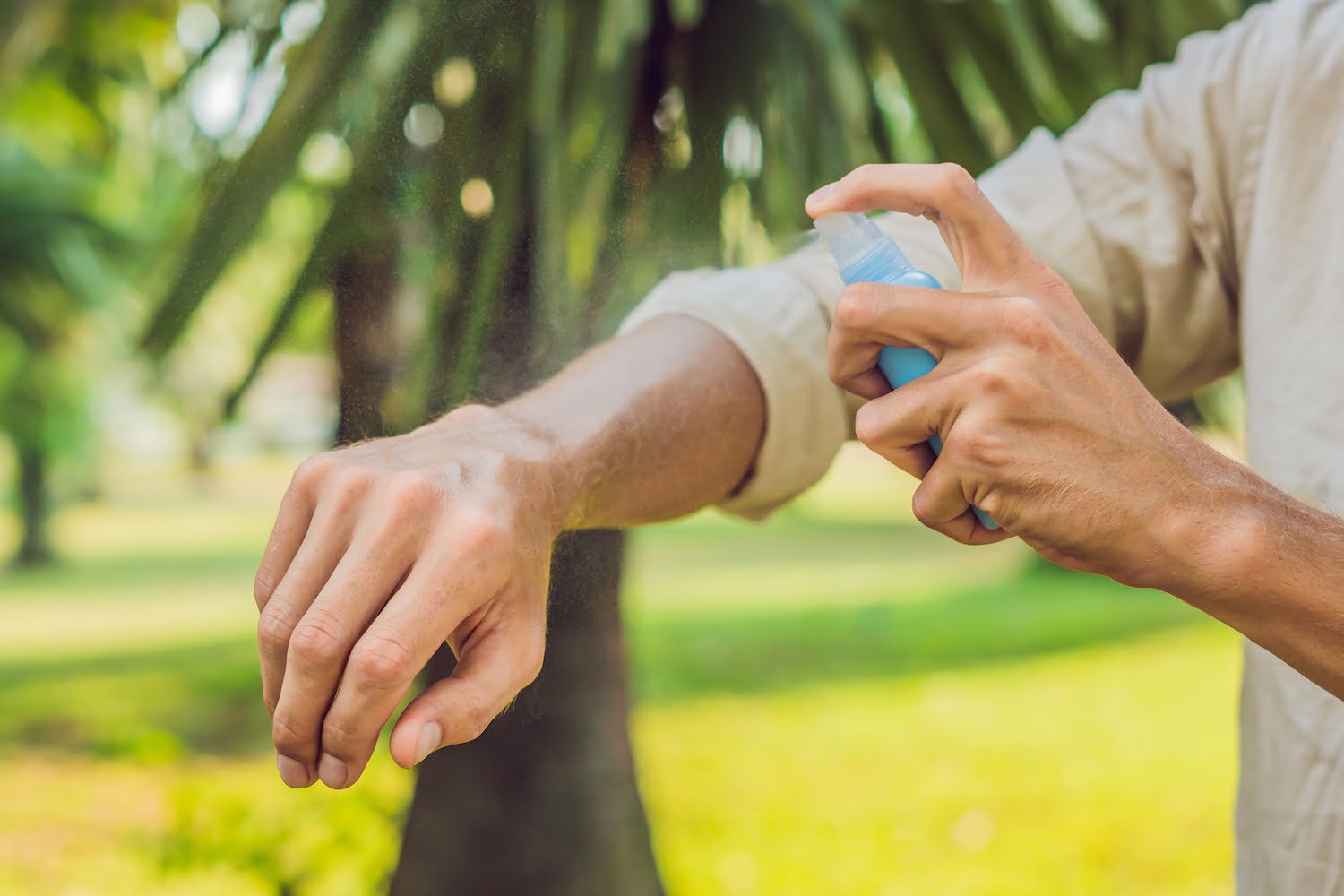
How to avoid Lyme disease: what you need to know
Most folks have heard of Lyme disease. Some know people who have had it. But do you know enough about how to avoid Lyme disease?
I sometimes suspect Lyme when someone is achy in multiple joints or I see a suspicious bite site on my patient and suspect it. We’re in a time of the year when people enjoy walking in the woods, where ticks, the carriers of Lyme disease, live. Not every tick carries the disease but it’s important to know the basics of Lyme disease and importantly, how you can avoid getting it.
How Lyme disease happens
In the US, the two species of bacteria that cause Lyme disease are carried by black-legged or deer ticks. To contract the disease, the infected tick must bite you and remain attached for 36-48 hours. The bacteria from the tick enters the skin through the bite site and makes its way into the bloodstream.
The vast majority of ticks are not black-legged or deer ticks…and do not carry the disease. If you find an attached tick that looks swollen, it may have been attached long enough to transmit bacteria. Therefore, the best way to prevent infection is by removing ticks as soon as possible.
Signs that you may have Lyme disease
 Lyme disease symptoms can be categorized into early signs and later signs.
Lyme disease symptoms can be categorized into early signs and later signs.
Early signs
In the first day or two after a tick bite, most people see a small, red bump similar to a mosquito bite. For the most part, the bump goes away in a few days. This is normal and doesn’t necessarily indicate Lyme disease.
If infected, you’ll see other early signs within three to 30 days after the bite. Some people get an expanding red rash that is often clear in the center, creating a bulls-eye pattern. It can grow quite large, expanding slowly over time, without being itchy or painful although it may be warm to the touch. Other early signs include fever, chills, fatigue, aches, swollen lymph nodes and neck stiffness.
Later signs
Additional signs or symptoms can show up if you have not received treatment during the early stage. A rash could appear on other areas of your body. You may find that you have severe bouts of joint pain, particularly in your knees.
Unfortunately, for a long time after infection – anywhere from weeks to year – new symptoms can show up, including meningitis, Bell’s palsy, numbness or weakness of limbs, fatigue, psychiatric symptoms and impaired muscle movement.
Less common, untreated Lyme disease can result in heart, eye and liver problems, as well as severe fatigue. It can even cause cognitive impairment, such as memory loss.
What to do if you’ve been bitten
First, don’t panic. Only a small percentage of tick bites lead to Lyme disease, with the greater risk occurring the longer the tick remains on your body. If you remove a tick in less than 36 hours, it’s much less likely that the tick could have infected you.
If you do start experiencing symptoms that you believe may be Lyme disease, get to a doctor right away. Early treatment can make an enormous difference. Even if your symptoms appear then go away, see your physician. The absence of symptoms doesn’t mean your Lyme disease is gone. And you don’t want to leave it untreated, as Lyme disease can spread to various parts of the body for years after infection.
Treatment for Lyme disease
The standard protocol for early-stage Lyme disease treatment is a regimen of oral antibiotics. Most individuals take a 14 to 21-day course.
If the disease is impacting your central nervous system, your physician may recommend intravenous antibiotics for 14 to 28 days. While this is often effective in eliminating infection, you may take longer to recover from your symptoms. It’s also important to know that there are side effects to intravenous antibiotics, including a lower white blood cell count, mild to severe diarrhea, or colonization or infection with other antibiotic-resistant organisms unrelated to Lyme.
For many people, this is it. They recover and move on. However, a small number of people will continue to have symptoms, such as muscle aches and fatigues. Physicians refer to this as post-Lyme disease and more antibiotics won’t help. This is likely one of the most frustrating parts of contracting this condition. While more research is needed, some experts believe that certain folks who contract Lyme disease are predisposed to developing autoimmune illnesses that contribute to ongoing symptoms.
Most importantly, how to avoid Lyme disease
Avoiding areas where deer ticks live, in particular, areas of woods or long grass, is the best way to prevent Lyme disease. But if you enjoy hiking or do outdoor work, you may not be able to steer clear of these spaces. Here are some ideas on how you can greatly decrease your risk:
- Cover your body – wear shoes, long pants, long-sleeved shirt, hat, gloves. If you are walking a dog, keep them on a leash so you don’t have to chase them through any bushy or grassy areas.
- Use insect repellent – a couple of months back, we wrote an article on the best insect repellents. Follow those guidelines.
- Tick-proof your yard – clear out brush and leaves, mow your grass regularly and keep wood stacked in sunny areas to discourage rodents that can carry ticks.
- Always check for ticks – be vigilant after spending time outdoors and check your clothing, your body and your scalp very carefully. Shower and use a washcloth. Remember, if you remove a tick quickly, you are much less likely to acquire Lyme disease.
- Remove ticks quickly using tweezers – grasp the tick near its head or mouth without squeezing and pull carefully and steadily. Dispose of the tick by flushing it down the toilet and apply antiseptic to the bite area.
My favorite resource for Lyme disease information is the International Lyme and Associated Diseases Society. This is a great resource, particularly if you get a negative result from the basic Lyme disease test but suspect you have Lyme and require further testing (note: the basic test has a high false negative rate).
Dr. Sharman


